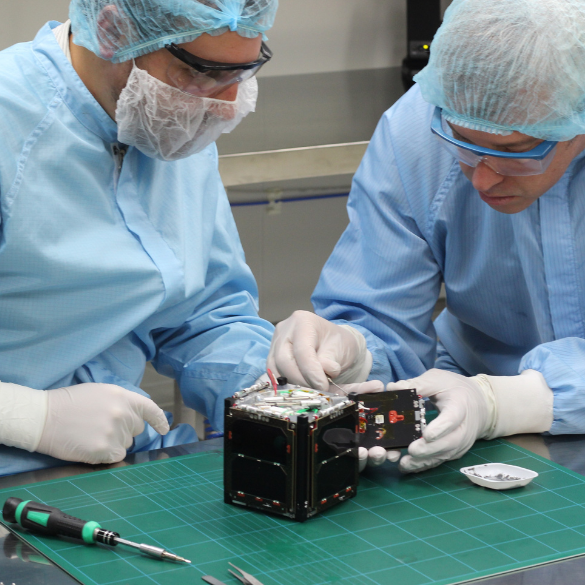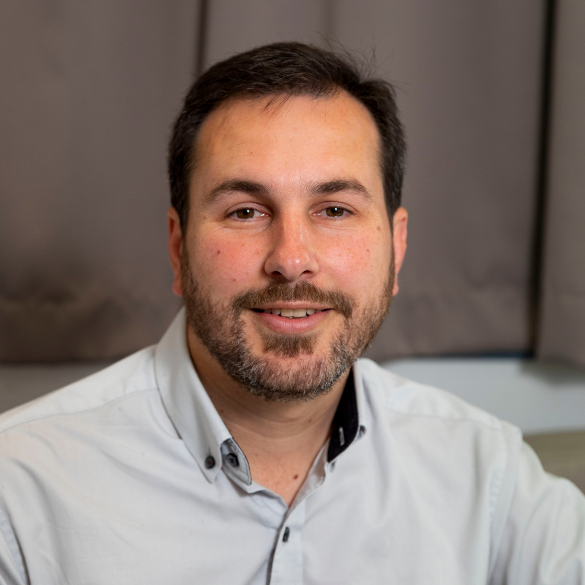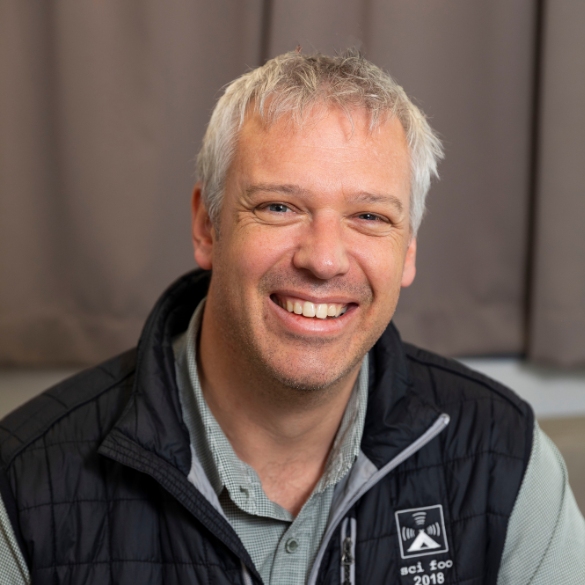Growing up in the 1970s and ‘80s watching space shuttles blast off on TV, John Cater and Nicholas Rattenbury were children of the Space Age. In some ways they still are, as the giant Lego rocket in Rattenbury’s office attests.
These days, though, they do a lot more than scribble pictures of spaceships or watch the skies from their backyards.
As Waipapa Taumata Rau, University of Auckland researchers in engineering and physics respectively, the longtime friends are contributing to New Zealand’s space programme in several significant ways.
Cater is an associate professor of aerospace engineering and Rattenbury is a senior lecturer in astrophysics, but they work together on a range of research. With their wide network of national and international colleagues, students and industrial partners, they’re working on aspects of space technology ranging from plasma propulsion to laser communications.


